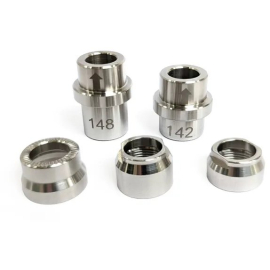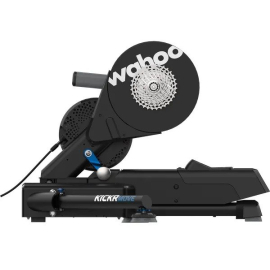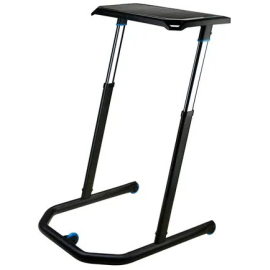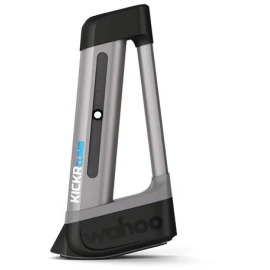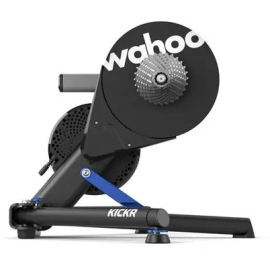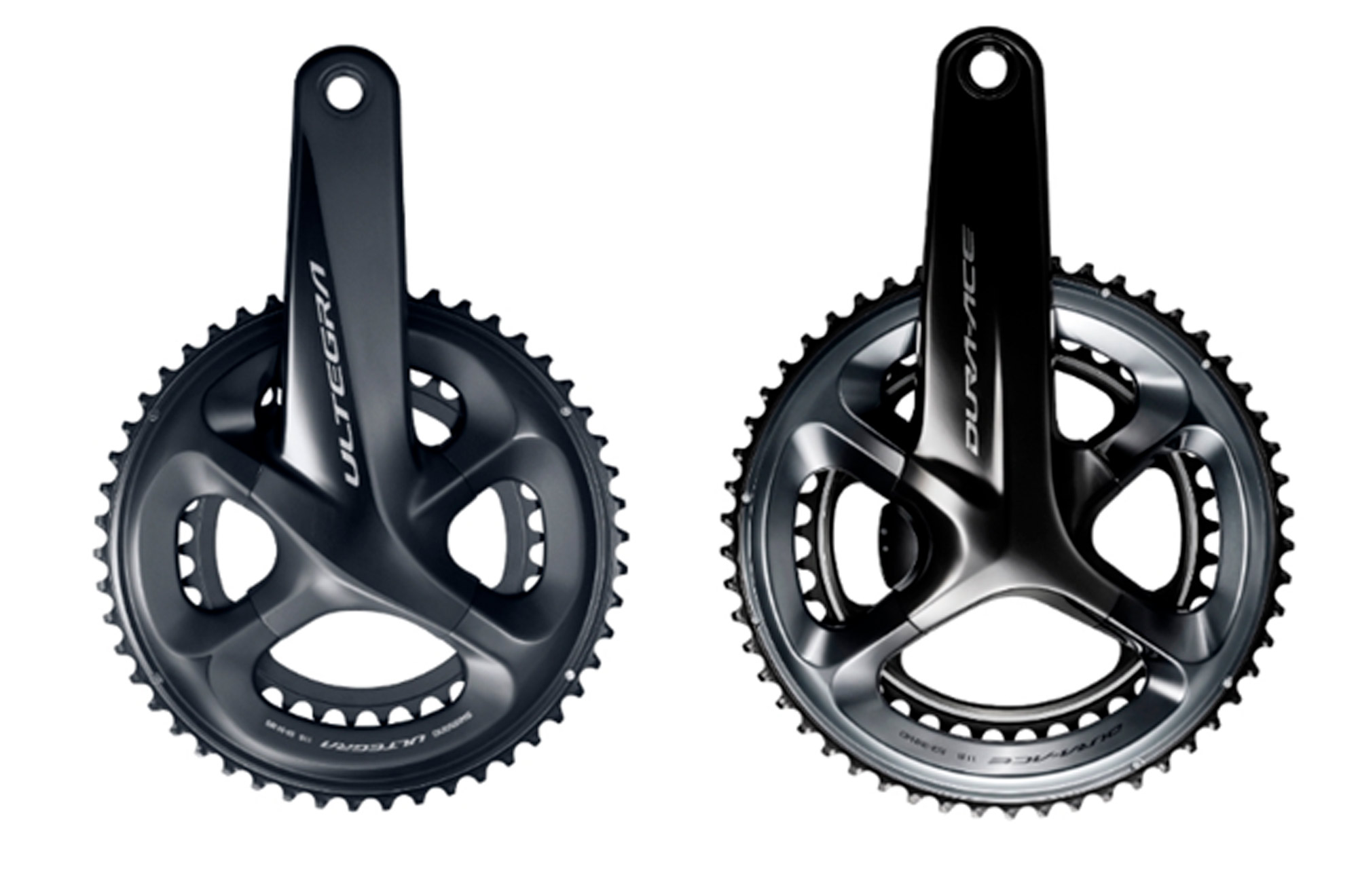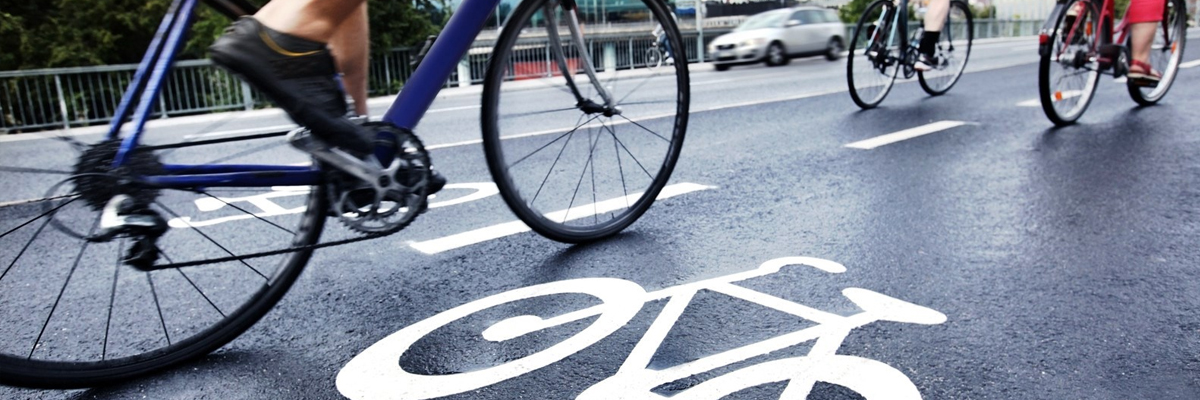Electric Bike Care
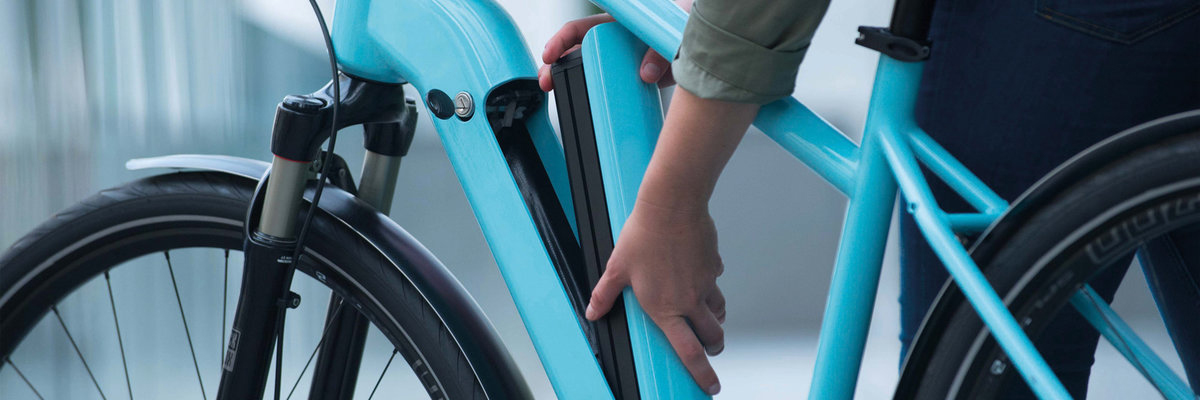
Electric Bike Care
So you’ve shelled out on a fancy new electric bike, like all bikes regular maintenance is required to keep your ride smooth and safe. Regular servicing will prolong the life of you bike, battery and enjoyment.
Cleaning your bike regularly is a good place to start as you’ll spot any issues, signs of wear and tear and get familiar with the components of an e-bike. Please never try to dissemble your bikes battery or motor as you will void your warranty. For electrical faults please contact us or the retailer you purchased it from.
When cleaning you will need to remove the battery (if possible) and display unit. The battery holder will need to be covered to avoid water getting in and please ensure it is completely dry before replacing the battery.
Cleaning products
Its a good idea to have a few products on hand to ensure the job is done properly and prolong the lifespan of your bike:
Bike cleaner/shampoo: Choose a good cleaner for your frame, bars and saddle as you'll notice the difference when trying to remove stubborn dirt. Our favourite is Juice Lubes but also does a great job.
Degreaser/Chain cleaner: This is a strong cleaner designed to clean dirt and oil from your chain and gears to keep them working efficiently and your ride smooth. An electric bike specific cleaner does not require a water rinse avoiding any risk of water getting into the electrical components.
Grease: Its a good idea to apply grease to threaded components such as seat and handlebar posts as this reduces friction and prolongs the life of your components
Lubricant: After cleaning you need to ensure your bikes drive train runs as smooth as possible - lubricant is essential for this. Choose from wet, dry or all round which are pretty self explanatory. Wet is heavier and designed for riding in wet weather, dry is lighter and perfect for summer riding and all-round is a good all-year round lubricant.
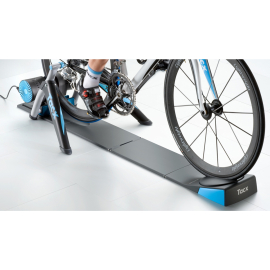
£189.99 £135.00
29% Off
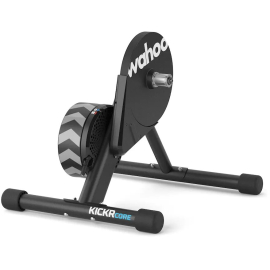
£589.00 £549.00
7% Off
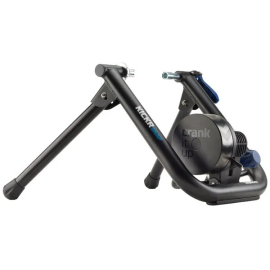
£349.99 £299.00
15% Off
Cleaning your e-bike
If your battery is removable - remove it and cover the battery holder, the motor and any exposed electrical components with film or cloths. It's important to not let water have any contact with these parts.
Rinse off any loose mud - ideally with a hose. It's not recommended to use a pressure washer or steam cleaner with an electric bike as water is more likely to get into the motor.
Frame
Clean the frame with shampoo/cleaner using a sponge/cloth and some hot water.
It’s a good idea to work down from the saddle and handlebars. Spend some time on your brake pads to ensure they’re free of grime and dirt. For disc brakes use a disc brake cleaner.
Rinse off the frame with clean water and dry well with a rag/cloth. The drier you leave your bike the less likely rust will appear so make sure you do this well getting into all the nooks and crannies. Ideally leave your bike a few hours before reattaching your battery and display.
Drive train
Cleaning and lubricating your drive train is the same procedure as a regular bike. This is a regular job if you do a lot of off-road riding. Use a good degreaser on your bike’s chain and gears and there are a few e-bike specific ones out there which don’t require water - reducing the risk of contaminating your electrical components. Apply with a brush to get to all the tight spots and ensure all compacted mud is removed from the gears and derailleurs. If you used water make sure you rinse off and leave to dry thoroughly before turning pedals. Once dry lubricate the chain by turning the pedals backwards slowly and drip or spray the lubricant inside the chain links. Apply where the chain runs freely not near the brakes!
Remove any excess lubricant with a clean rag or cloth.
Pre-ride checks
Check visually for any signs of wear and tear or damage. If anything concerns you book in for a service.
Tyres
Check your tyres to ensure they’re at the correct pressure, this will reduce punctures and make for a more enjoyable and smoother ride. This is more important on electric bikes as with the correct pressure you’ll get more miles on a charge. Tyre pressure checks are most important if you haven’t ridden for a while - again your e-bike will be more efficient with the correct pressure. A pump with a pressure gauge is very useful.
Brakes
It goes without saying that keeping your brakes in good working order is vitally important. Controlling your speed and stopping safely are even more important on an e-bike due to the increased weight. Ensure there is no mud or grime on the brake pads and it's always a good idea to take a quick little spin to test the brakes before heading out on a ride.
Battery
So if you’re new to electric bikes, checking your battery is fully charged before setting off may not be second nature but ensuring you’re fully charged for a full day riding will lead to an enjoyable and stress free ride. Without assistance some electric bikes can be more difficult to ride due to the increased weight. If your battery is removable check the contact points are clean and ensure it fits in the holder nice and snug.
Cables
Electric bike cables carry data which allow the the components to talk to one another and your bike to function efficiently. Check for any signs of damage, if you spot anything we advise booking into for a service for repair.
On your pre-ride spin to check your brakes its also a good idea to check the motor is working properly. If you notice anything there maybe an issue with the speed sensor or magnet (if your bike uses one). Make sure they’re aligned with one another and if you still experience issues - book in for a technician to take a look.
Looking after your battery
Look after your battery and you bike will last longer and save you money in the long run. As with all batteries, a rechargeable electric bike battery will deteriorate over time but follow these guidelines and you’ll keep it powering you further for longer.
How often should I charge my battery - we advise after every journey although there is no one rule. Most e-bike batteries are Lithium-Ion which don’t like to be empty so keep it charged! If you don’t use your bike very often then still charge at least once a month even when you’re not using it. This will prolong the life of your battery.
A battery cycle is when you charge from completely empty to a full charge. Rechargeable batteries can no go through an infinite number of cycles before their performance is reduced and they’ll begin to hole their charge for a shorter amount of time. So you should keep your battery topped up and try to reduce the number of cycles you out it through. It’s approximately three years before a battery efficiency and the time of holding charge reduces.
Tips
Charge the battery indoors so as to avoid extreme temperatures which Lithium Ion batteries don’t particularly like. It's a good idea to store the battery and/or bike indoors too when not in use.
When your battery is fully charged make sure you unplug it to avoid constant charging, charging overnight is not advisable to prolong the life of your battery.
Get used to using a lower assistance level when cycling - if you do this from the get-go your battery won’t need as much charging and therefore extending its life. So when on the flat or downhill remember to lower the assistance levels.
Store your battery correctly, when not in use for long periods such as winter. Bosch recommends removing the battery and storing in a dry place at room temperature (10-20°C). Make sure the battery has some residual charge (between 30-60%) and take it out once a month to charge it. This will stop the battery becoming flat and ensures it's in top shape when you start cycling again. Instructions may differ slightly by manufacturer, so it's important to read your manual and follow any specific instructions given to optimise the life of your battery.
Can I overcharge an electric bike battery? Basically no, the majority of e-bike batteries have built in systems that turn the charger off when it reaches 100%.
Replacing an e-bike battery - if you need to replace your battery, the cost can vary between £200-500 depending on brand, size and capacity. So if you intend to keep your bike for longer than 3 years (the approximate life span of an e-bike battery) its worth taking this expense into account when planning your purchase. If you think your battery’s performance has dropped bring it in for a diagnosis to see if there are any issues or if a replacement is due.
